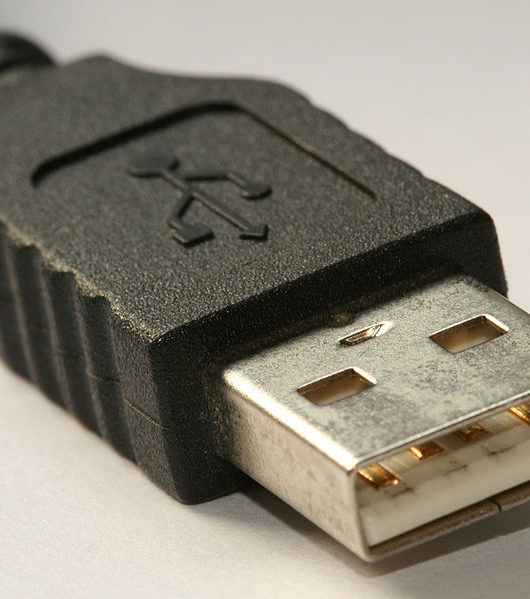Securing Your IoT Device from the Black Hats
 In the world of IT security, there is no such thing as a perfect system. While many companies have invested heavily in securing their networks, some devices can still be vulnerable to attack. For example, many consumer products are based on Linux operating systems, often used for their open-source nature and flexibility. Unfortunately, this also allows hackers to find vulnerabilities in those devices and exploit them.
In the world of IT security, there is no such thing as a perfect system. While many companies have invested heavily in securing their networks, some devices can still be vulnerable to attack. For example, many consumer products are based on Linux operating systems, often used for their open-source nature and flexibility. Unfortunately, this also allows hackers to find vulnerabilities in those devices and exploit them.
IoT devices are even more vulnerable because they usually don’t have any built-in security features and are often connected to the internet without any protection. This makes them easy targets for hackers who want to steal data or cause chaos by crashing systems.
Currently, no specific regulations or guidelines mandate how you should secure IoT devices. There are no regulations at all – it’s just a matter of customizing your device according to your needs and budget.
Table of Contents
Security Threats Facing the IoT Industry
The increase in connected devices has led to a rise in security threats in the Internet of Things industry. The number of new threats and vulnerabilities is increasing exponentially. The IoT industry is growing faster than the cybersecurity industry can keep up.
The security concerns for IoT devices are numerous. These include:
- Data Privacy and Security – Sensitive data about people can be collected by IoT devices and stored in databases. This data is at risk of being compromised if you don’t secure the database adequately protected from unauthorized access or data loss.
- Malware Infection – cyber criminals may inject malware into an IoT device during its manufacturing process. Once installed on the device, malware can cause physical damage or disable functionality by communicating with other malware on the same device or in the cloud.
- Man-in-the-middle Attacks – An attacker can create a fake WiFi hotspot to intercept traffic between two devices and forward it to their server, where they can collect information like usernames, passwords, etc.
- Insecure Software Development– Many IoT manufacturers do not understand the importance of secure software development practices. They often rely on third-party developers for their software and do not adequately understand how to protect against cyber threats.
- Insecure Connectivity- Many devices connect without any authentication or encryption. This makes it easy for hackers to access devices from remote locations by exploiting these vulnerabilities in the network connection protocols.
Tips to Protect Your IoT Devices from the Threats
It’s not surprising that the Internet of Things (IoT) is a target for hackers. After all, there are so many devices connected to the internet these days that it’s easy for hackers to find vulnerable ones.
But here’s the thing: You don’t have to be hacked. You can take steps to make sure your IoT device isn’t an easy target for the black hats. Here are some tips for securing your IoT device:
Make Sure You Have a Good Firewall
A firewall protects your IoT device from external threats like malware and hackers. It blocks any incoming connections unless an administrator or user with the appropriate permissions permits. For example, suppose you’re running an unsecured web server on your home network. In that case, you might want to block incoming connections from outside your home network. Doing this avoids exposing yourself to possible attacks from Internet users who might want to exploit software vulnerabilities in your device’s operating system.
Keep Your Software Up-to-Date
Software updates are essential for keeping your device secure. Suppose a new exploit has been discovered in an older version of your operating system or application. In that case, it will be fixed in later versions so that users can patch the vulnerability before someone else finds out about it and exploits it first. This can mean that security patches come out every few weeks or even every few days for some platforms such as Linux and Android. If you don’t keep up with these updates, you’re leaving yourself open to attack from people who do.
Use Strong Passwords
This is one of the easiest ways to protect your device from intruders. Most people use easy passwords like “password,” “12345678,” or “qwerty.” If you want to protect yourself and your family from hackers, use strong passwords that contain multiple characters and numbers (and aren’t based on personal information). You should also change these passwords frequently — if someone gets access once, they will likely try again later.
Use Two-Factor Authentication
Two-factor authentication adds an extra layer of protection to the login process by requiring a second verification method to log in. This can be something like entering a code from an app or receiving a text message with that code when you try to log in from a new location. A hacker would have to have access to your password and phone simultaneously to break into your account.
This added layer of protection is essential when using devices like smart locks or smart thermostats that could pose potential security risks if hacked.
Backup Your Data
Depending on what type of device you’re using, it may be possible for someone who has physical access to your smart home device to copy all of its data onto their computer or server. If this happens, they could potentially use that information to gain access to your other devices remotely. The best way to prevent this is by backing up your data regularly so that if one device gets compromised, it won’t affect any others connected to the network.
You can use external hard drives and cloud storage services like Google Drive, Dropbox, and OneDrive to store backups of files on your devices. Cloud services also allow you to restore lost files if something happens to one device and migrate those files over when upgrading equipment. You can also access them remotely when traveling away from home if needed without having to carry around an external drive all the time — make sure they’re encrypted so that they won’t get hacked.
Turn Off Features You Don’t Need
Allowing your device to communicate over WiFi or Bluetooth can leave it vulnerable to hacking attacks. If you aren’t using these features, turn them off to prevent hackers from accessing them through the internet or other networks. Or consider disabling the WiFi or Bluetooth antennas so no one can access them remotely.
Bottom Line
There is a long way to go before the IoT becomes as mainstream as we think it will in the coming years. But that doesn’t mean you should wait until then to secure your device and data. As more people purchase and use devices and appliances connected to the internet, so will their security risks grow. If you want to protect yourself against these potential vulnerabilities, then now is a great time to start thinking about how you will accomplish that goal.









